Home>Gardening & Outdoor>Landscaping Ideas>How To Fertilize St. Augustine Grass
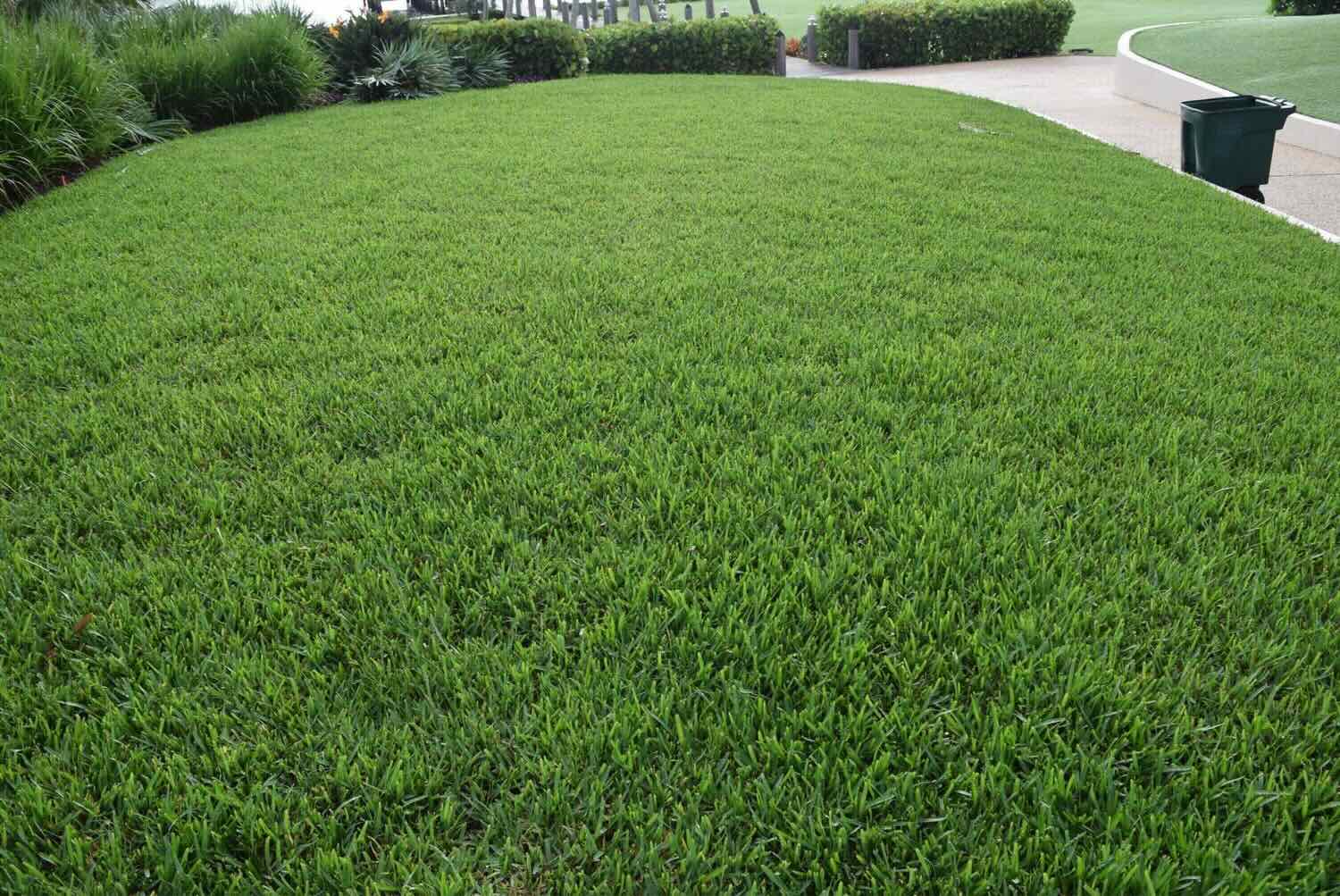

Landscaping Ideas
How To Fertilize St. Augustine Grass
Modified: March 28, 2024
Learn the best fertilization techniques for St. Augustine grass to achieve a lush, green lawn. Discover expert landscaping ideas for optimal growth and maintenance.
(Many of the links in this article redirect to a specific reviewed product. Your purchase of these products through affiliate links helps to generate commission for Storables.com, at no extra cost. Learn more)
Introduction
Fertilizing St. Augustine grass is a crucial aspect of maintaining a lush, healthy lawn. This warm-season grass variety, known for its thick, carpet-like appearance, thrives in the southern United States due to its ability to withstand heat and humidity. However, to keep it vibrant and resilient, proper fertilization is essential.
In this comprehensive guide, we will delve into the specifics of fertilizing St. Augustine grass, including the optimal timing for fertilization, the selection of the right fertilizer, and the application process. Additionally, we will explore the post-fertilization care required to ensure the grass receives the maximum benefit from the nutrients.
By understanding the unique characteristics of St. Augustine grass and following best practices for fertilization, you can cultivate a stunning lawn that enhances the beauty of your outdoor space. Let's embark on this journey to discover the art and science of fertilizing St. Augustine grass, nurturing it to reach its full potential.
Key Takeaways:
- Fertilizing St. Augustine grass during its active growing season, with the right fertilizer and precise application, helps it thrive and stay vibrant, enhancing your outdoor space.
- Proper watering and maintenance after fertilizing are crucial for St. Augustine grass to absorb nutrients effectively, grow healthily, and maintain its lush, green appearance.
Read more: When To Fertilize St. Augustine Grass
Understanding St. Augustine Grass
Before delving into the fertilization process, it’s essential to grasp the distinctive qualities of St. Augustine grass. This warm-season turfgrass is celebrated for its lush, dense growth and vibrant green hue, making it a popular choice for lawns in the southern regions of the United States.
St. Augustine grass thrives in warm, humid climates and exhibits impressive tolerance to the intense heat often experienced in southern states. Its broad, flat blades form a dense carpet-like lawn that not only enhances the aesthetic appeal of a landscape but also provides a soft, comfortable surface for recreational activities and leisurely strolls.
One of the key attributes of St. Augustine grass is its ability to recover quickly from damage, such as foot traffic or minor scalping. This resilience makes it an excellent choice for lawns that experience moderate to heavy use. Additionally, its rapid growth and spreading nature enable it to fill in bare or patchy areas, contributing to a uniform and attractive lawn appearance.
However, despite its robust nature, St. Augustine grass has specific nutritional requirements that must be met to sustain its vigor and visual appeal. This is where proper fertilization plays a pivotal role in nurturing the grass and promoting its overall health.
By gaining insight into the unique characteristics and growth patterns of St. Augustine grass, you can tailor your fertilization approach to meet its specific needs, fostering a thriving and resilient lawn that serves as a captivating centerpiece of your outdoor environment.
When to Fertilize St. Augustine Grass
Timing is crucial when it comes to fertilizing St. Augustine grass, as it directly influences the grass’s ability to absorb and utilize essential nutrients for optimal growth and resilience. In general, the best time to fertilize St. Augustine grass is during its active growing season, which typically spans from late spring to early fall.
As the weather warms up in late spring, St. Augustine grass enters a phase of vigorous growth, marked by the emergence of new shoots and the expansion of its lush, green foliage. This period of active growth presents an ideal window for fertilization, as the grass can efficiently assimilate the nutrients provided by the fertilizer, fueling its development and fortifying its structure.
It’s important to note that fertilizing too early in the spring, when the grass is still dormant or experiencing minimal growth, may not yield the desired results. Conversely, applying fertilizer too late in the fall can stimulate new growth that may be susceptible to damage from impending cold weather, potentially compromising the grass’s resilience during the winter months.
Furthermore, it’s advisable to refrain from fertilizing St. Augustine grass during periods of extreme heat or drought, as the grass may be under stress, and the application of fertilizer could exacerbate its vulnerability. By aligning the fertilization schedule with the grass’s natural growth cycles and favorable weather conditions, you can optimize the impact of the nutrients and support the grass’s overall well-being.
By adhering to the recommended timing for fertilization, you can harness the full potential of St. Augustine grass, nurturing it to thrive and adorn your outdoor space with its lush, vibrant presence.
Choosing the Right Fertilizer
When selecting a fertilizer for St. Augustine grass, it’s essential to consider the specific nutritional needs of this warm-season turfgrass. The primary nutrients required for healthy grass growth are nitrogen (N), phosphorus (P), and potassium (K), often referred to as N-P-K. Understanding the ideal ratio of these nutrients and other essential factors will guide you in choosing the most suitable fertilizer for your St. Augustine lawn.
For St. Augustine grass, a fertilizer with a balanced N-P-K ratio, such as 3-1-2 or 4-1-2, is generally recommended. The moderate to high nitrogen content in the fertilizer supports the grass’s vibrant green color and robust foliage growth, while the presence of phosphorus aids in root development and overall plant vigor. Additionally, potassium contributes to the grass’s stress tolerance and resilience, making it an important component of the fertilizer blend.
It’s important to note that slow-release or controlled-release fertilizers are particularly beneficial for St. Augustine grass, as they provide a steady, gradual release of nutrients over an extended period. This gradual feeding approach minimizes the risk of nutrient leaching and helps prevent excessive top growth, promoting a healthier balance between foliage development and root expansion.
Furthermore, consider selecting a fertilizer that contains essential micronutrients, such as iron, manganese, and zinc, which are vital for the overall health and color of St. Augustine grass. These micronutrients play a significant role in enhancing the grass’s visual appeal and fortifying its resilience against environmental stressors.
When faced with a myriad of fertilizer options, it’s beneficial to consult with local gardening experts or extension services to identify products specifically formulated for St. Augustine grass in your region. By choosing a high-quality fertilizer tailored to the grass’s unique nutritional requirements, you can provide the essential elements needed to nurture a vibrant, resilient lawn that enhances the beauty of your outdoor landscape.
Apply a slow-release fertilizer with a 3-1-2 ratio (such as 15-5-10) in early spring and again in late summer. Water the grass after fertilizing to help it absorb the nutrients.
Applying Fertilizer
Effectively applying fertilizer to your St. Augustine grass involves careful planning and precise execution to ensure that the grass receives the optimal amount of nutrients without risking over-fertilization. Before applying the fertilizer, it’s advisable to conduct a soil test to assess the nutrient levels and identify any deficiencies that need to be addressed. This information will guide you in determining the appropriate type and quantity of fertilizer required to support the grass’s health and vitality.
When it comes to the application process, it’s crucial to follow the recommended guidelines provided by the fertilizer manufacturer, taking into account factors such as the grass’s age, the specific formulation of the fertilizer, and the prevailing weather conditions. Typically, the application rate for St. Augustine grass ranges from 1 to 1.5 pounds of actual nitrogen per 1,000 square feet of lawn area.
Applying the fertilizer evenly and at the correct rate is essential to prevent uneven growth and potential damage to the grass. Using a calibrated spreader can help ensure uniform coverage and precise distribution of the fertilizer across the lawn. It’s advisable to divide the total amount of fertilizer into two equal portions and apply them in a crisscross pattern to achieve thorough coverage and minimize the risk of missed spots.
After applying the fertilizer, lightly water the lawn to facilitate the incorporation of the nutrients into the soil and activate their uptake by the grass. This step is particularly important when using granular fertilizers, as it helps prevent the fertilizer particles from remaining on the grass blades, potentially causing burn or discoloration.
It’s important to exercise caution and avoid over-fertilizing, as excessive nitrogen can lead to rapid top growth, making the grass more susceptible to diseases and environmental stress. Additionally, over-fertilization can contribute to nutrient runoff, posing environmental risks and potentially harming nearby water bodies.
By adhering to best practices for applying fertilizer, you can ensure that your St. Augustine grass receives the necessary nutrients in a balanced and controlled manner, promoting its vigorous growth, vibrant color, and overall resilience.
Watering and Maintenance After Fertilizing
Following the application of fertilizer to your St. Augustine grass, proper watering and post-fertilization maintenance are essential to maximize the effectiveness of the nutrients and support the grass’s continued health and vitality. Implementing the appropriate watering regimen and adhering to essential maintenance practices will contribute to the grass’s lush, vibrant appearance and overall resilience.
After applying the fertilizer, it’s advisable to water the lawn lightly to help the granular or slow-release fertilizer particles settle into the soil and initiate the nutrient absorption process. This initial watering should be sufficient to moisten the top layer of the soil without saturating it excessively. Avoiding excessive watering immediately after fertilization helps prevent the leaching of nutrients and minimizes the risk of runoff, ensuring that the fertilizer remains accessible to the grass’s root system.
Subsequently, maintain a consistent watering schedule to support the grass’s nutrient uptake and promote healthy growth. Adequate moisture is particularly crucial during dry periods or prolonged heat, as it helps the grass utilize the nutrients effectively and facilitates robust root development. However, it’s important to strike a balance and avoid overwatering, as excessive moisture can lead to issues such as fungal diseases and shallow root systems.
Regular mowing is an integral part of post-fertilization maintenance for St. Augustine grass. Ensure that the mower blades are sharp to achieve clean, even cuts, and adhere to the recommended mowing height for St. Augustine grass, which is typically between 2.5 to 4 inches. Maintaining the appropriate mowing height supports the grass’s vigor and resilience, while also contributing to a well-groomed, aesthetically pleasing lawn.
Additionally, be mindful of weed control and address any invasive plants that may compete with the St. Augustine grass for nutrients and space. Implementing targeted weed management strategies, such as spot treatments or pre-emergent herbicide applications, can help preserve the integrity and visual appeal of the lawn following fertilization.
By prioritizing proper watering practices, consistent maintenance, and proactive weed management, you can ensure that your St. Augustine grass reaps the full benefits of the applied fertilizer, resulting in a luxuriant, healthy lawn that enriches your outdoor environment with its lush, vibrant presence.
Conclusion
Fertilizing St. Augustine grass is a vital component of lawn care that empowers you to nurture a thriving, visually stunning landscape. By understanding the unique characteristics of St. Augustine grass and following best practices for fertilization, you can cultivate a resilient, vibrant lawn that serves as a captivating centerpiece of your outdoor space.
Timing is paramount when it comes to fertilizing St. Augustine grass, and aligning the application with the grass’s active growing season ensures optimal nutrient absorption and utilization. Choosing the right fertilizer, with a balanced N-P-K ratio and essential micronutrients, provides the grass with the necessary elements for robust growth and resilience.
Applying the fertilizer with precision and care, followed by appropriate watering and post-fertilization maintenance, sets the stage for the grass to thrive and flourish. By adhering to these best practices, you can support the St. Augustine grass in achieving its full potential, boasting a lush, vibrant appearance that enhances the beauty of your outdoor environment.
Ultimately, the art of fertilizing St. Augustine grass transcends the mere application of nutrients; it embodies a commitment to nurturing and sustaining a living, breathing landscape that enriches your outdoor experience. As you embark on this journey of lawn care and stewardship, may your efforts yield a tapestry of greenery that brings joy and tranquility to your surroundings, serving as a testament to the harmonious coexistence of nature and human cultivation.
Frequently Asked Questions about How To Fertilize St. Augustine Grass
Was this page helpful?
At Storables.com, we guarantee accurate and reliable information. Our content, validated by Expert Board Contributors, is crafted following stringent Editorial Policies. We're committed to providing you with well-researched, expert-backed insights for all your informational needs.
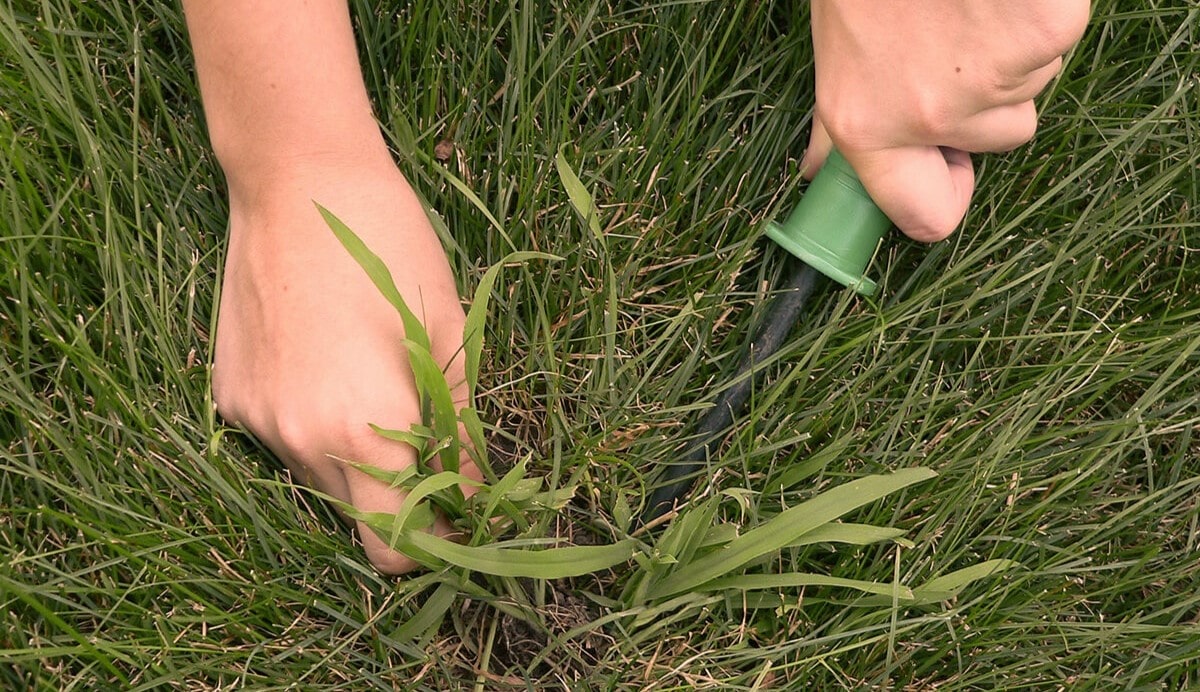
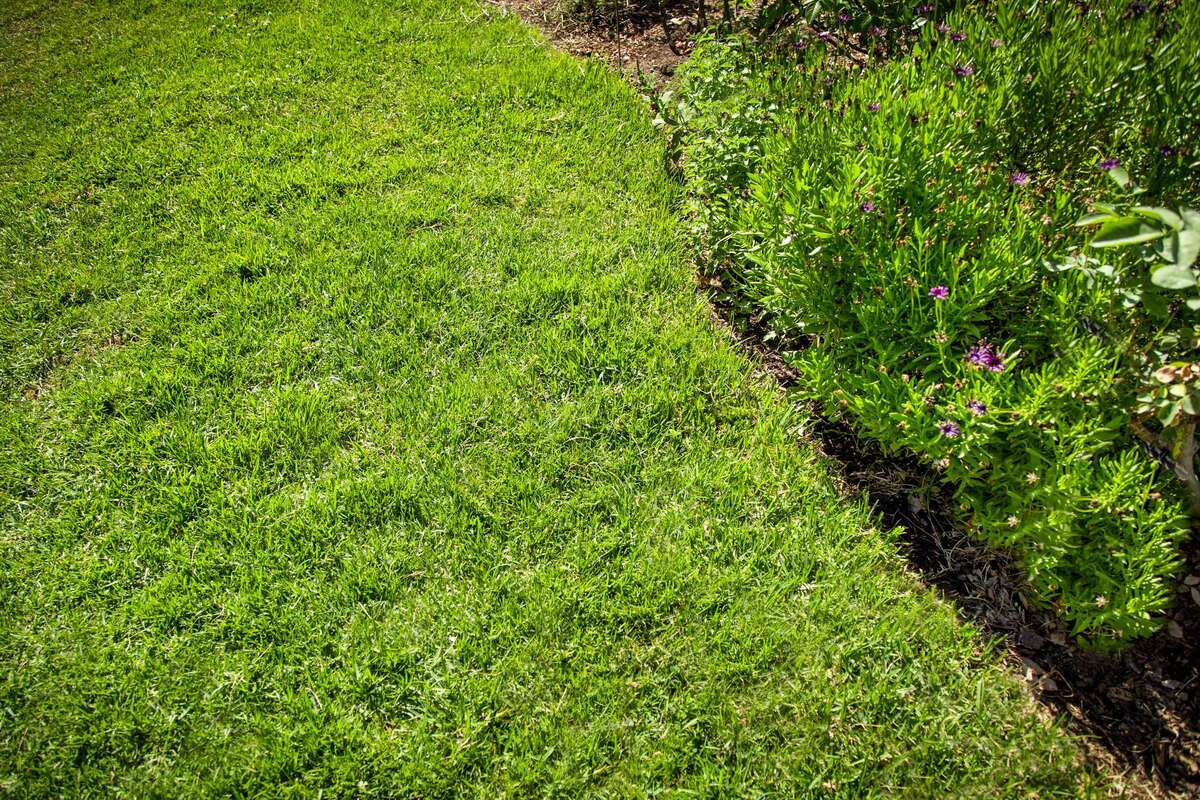
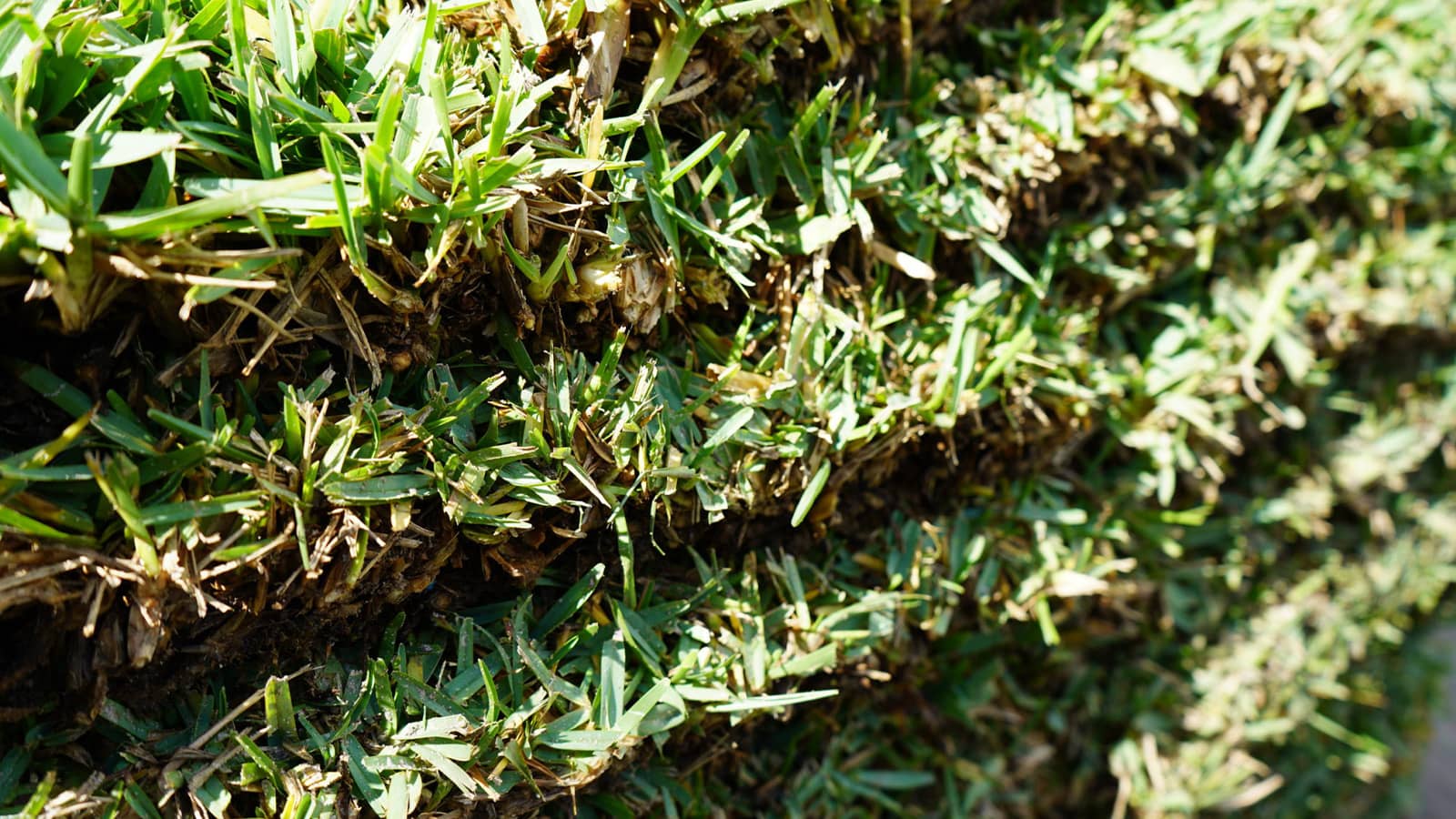
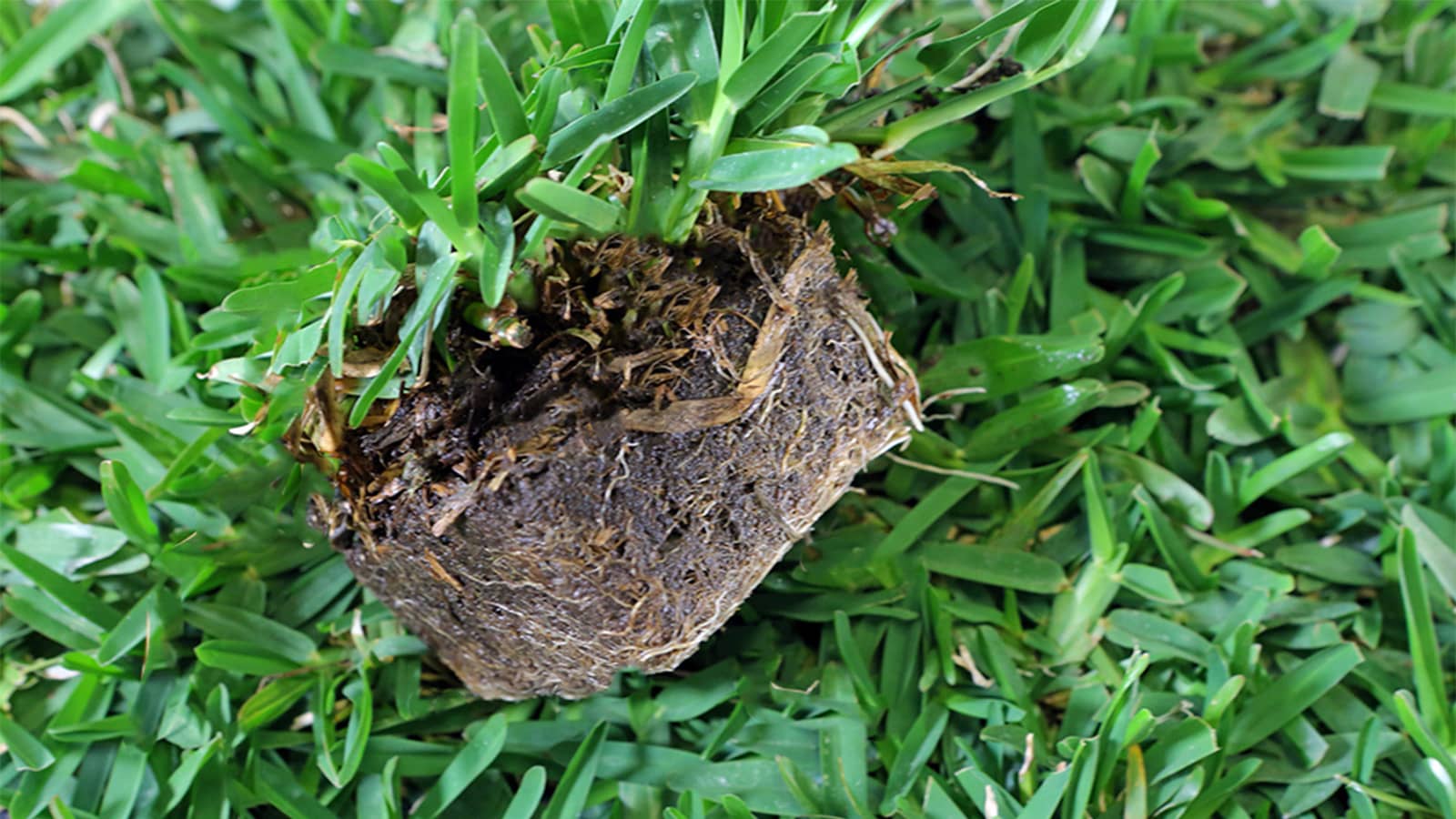
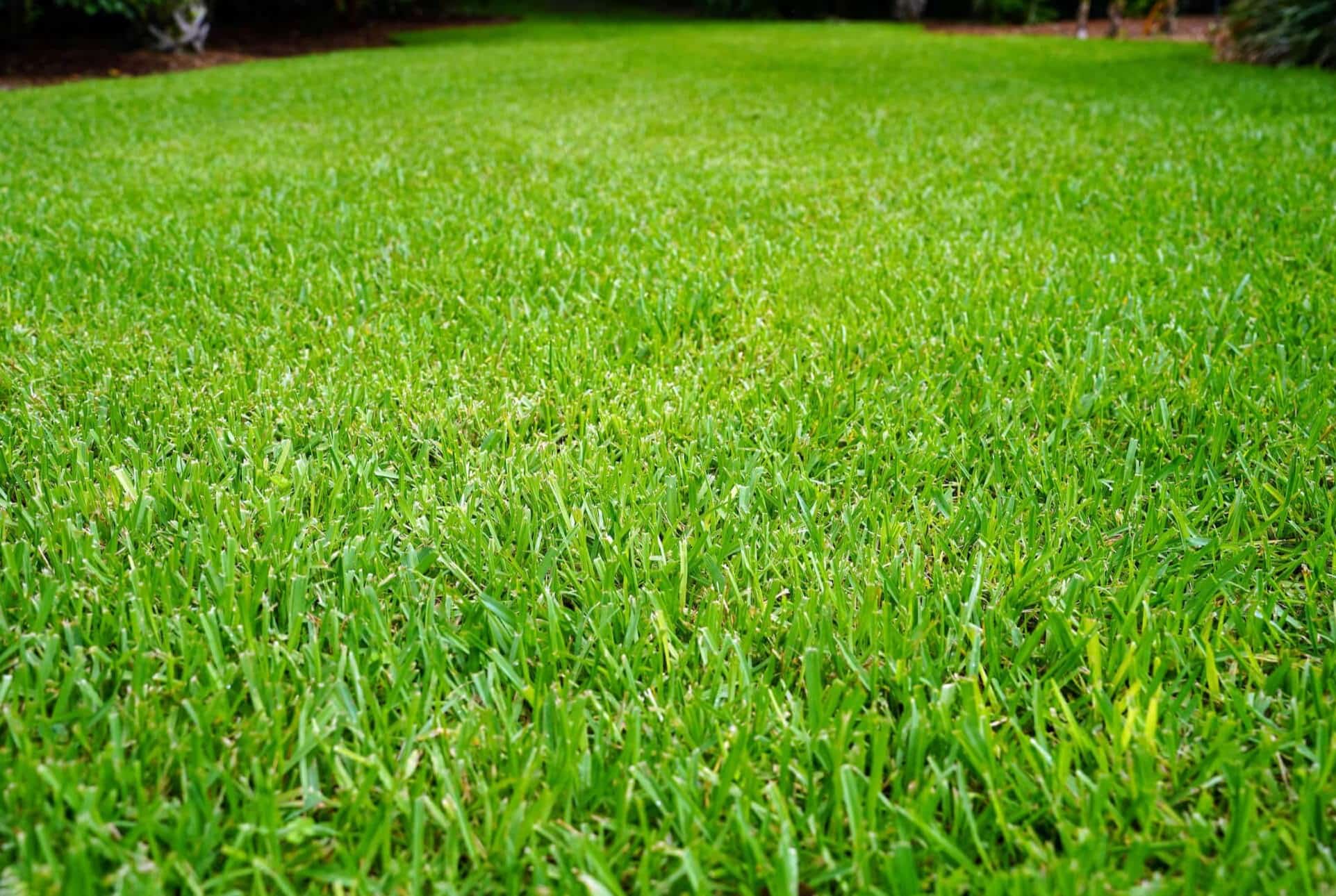
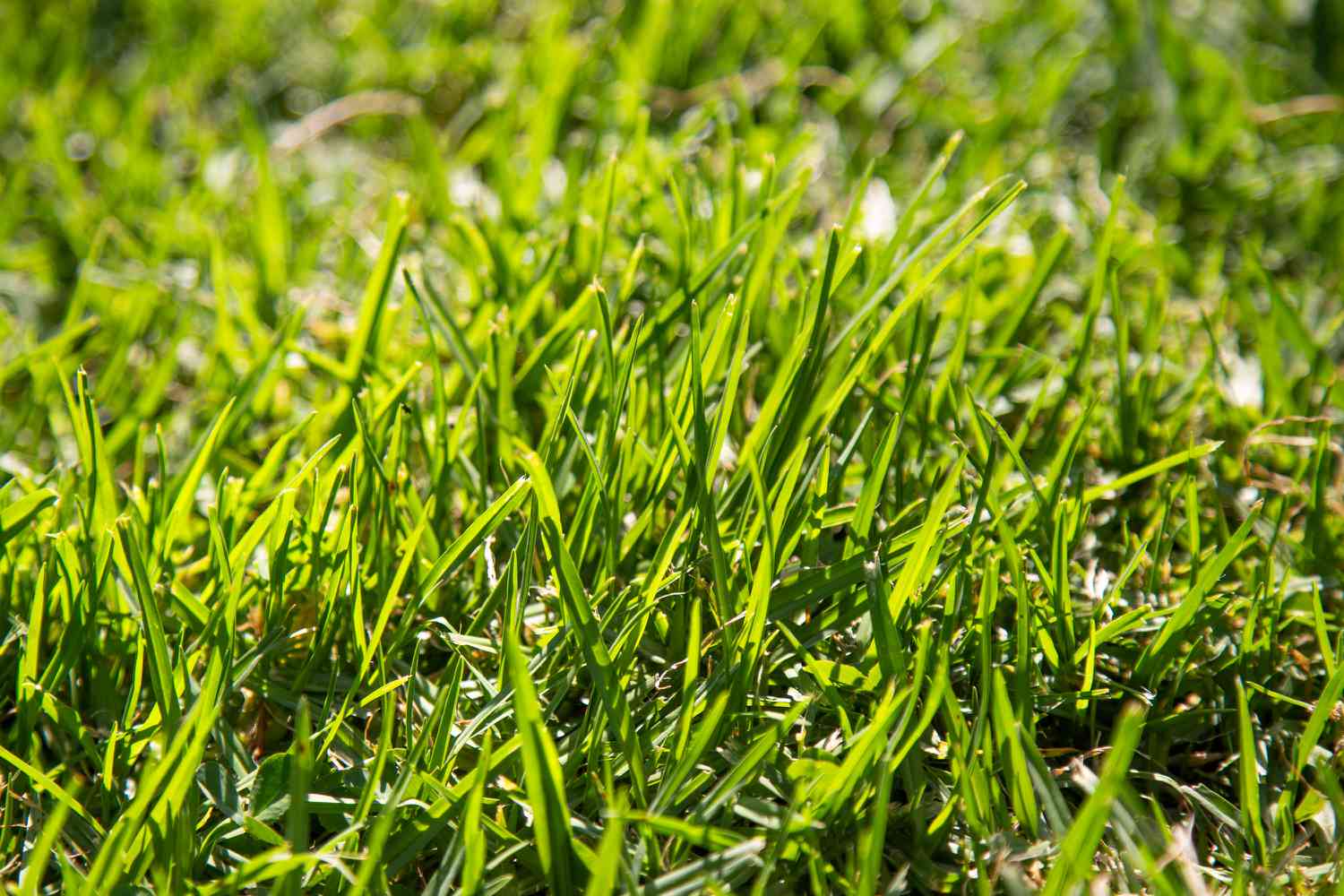
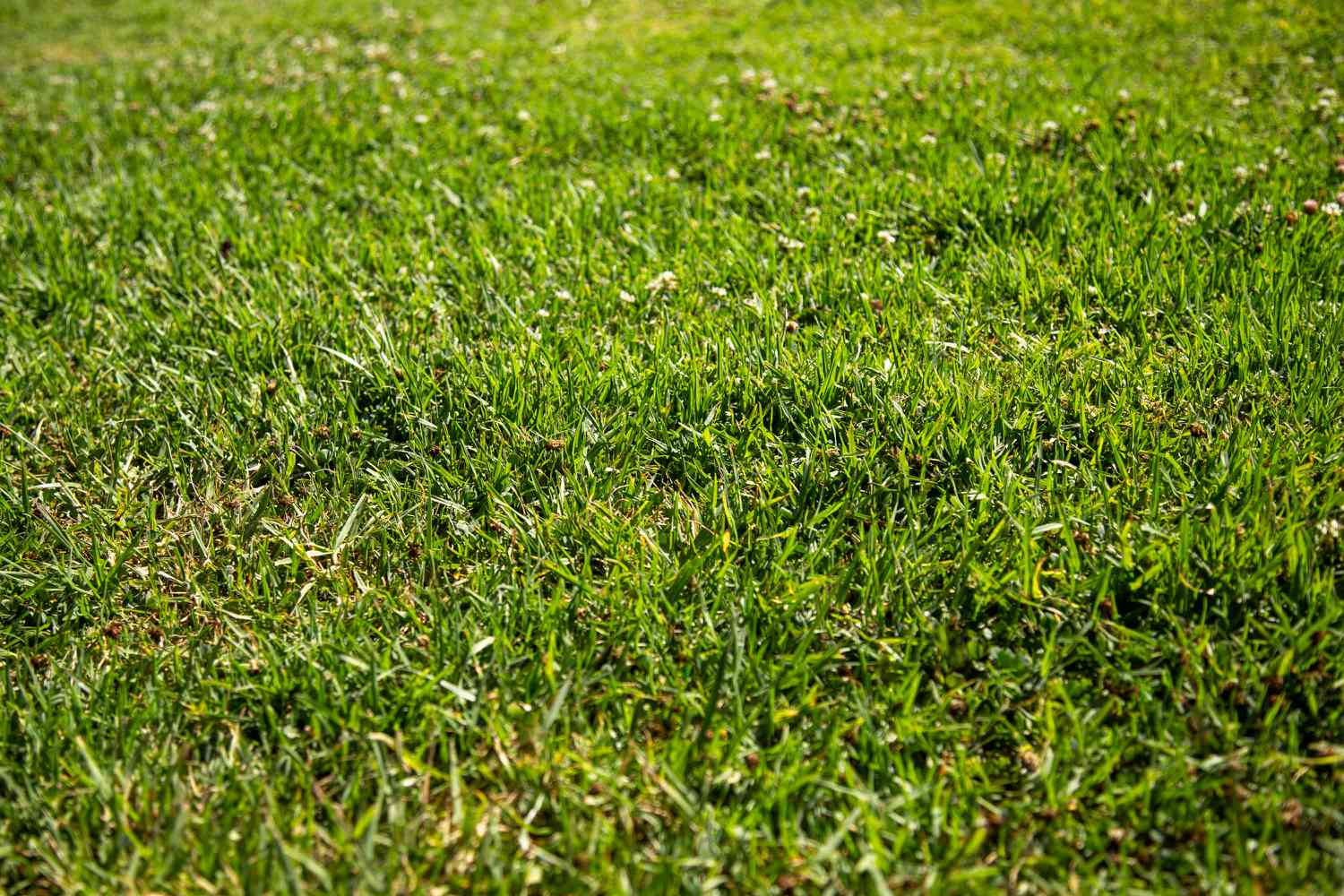
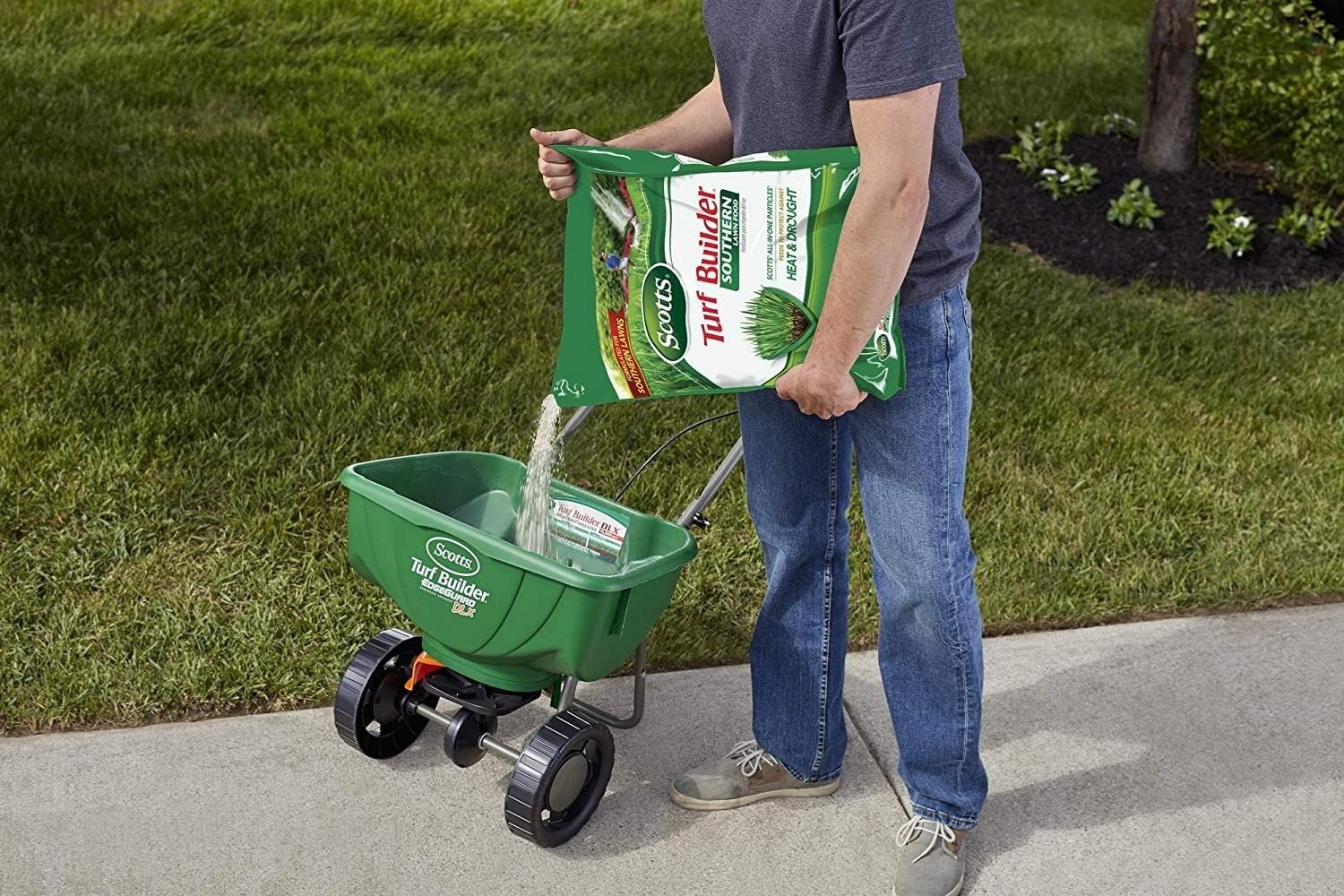
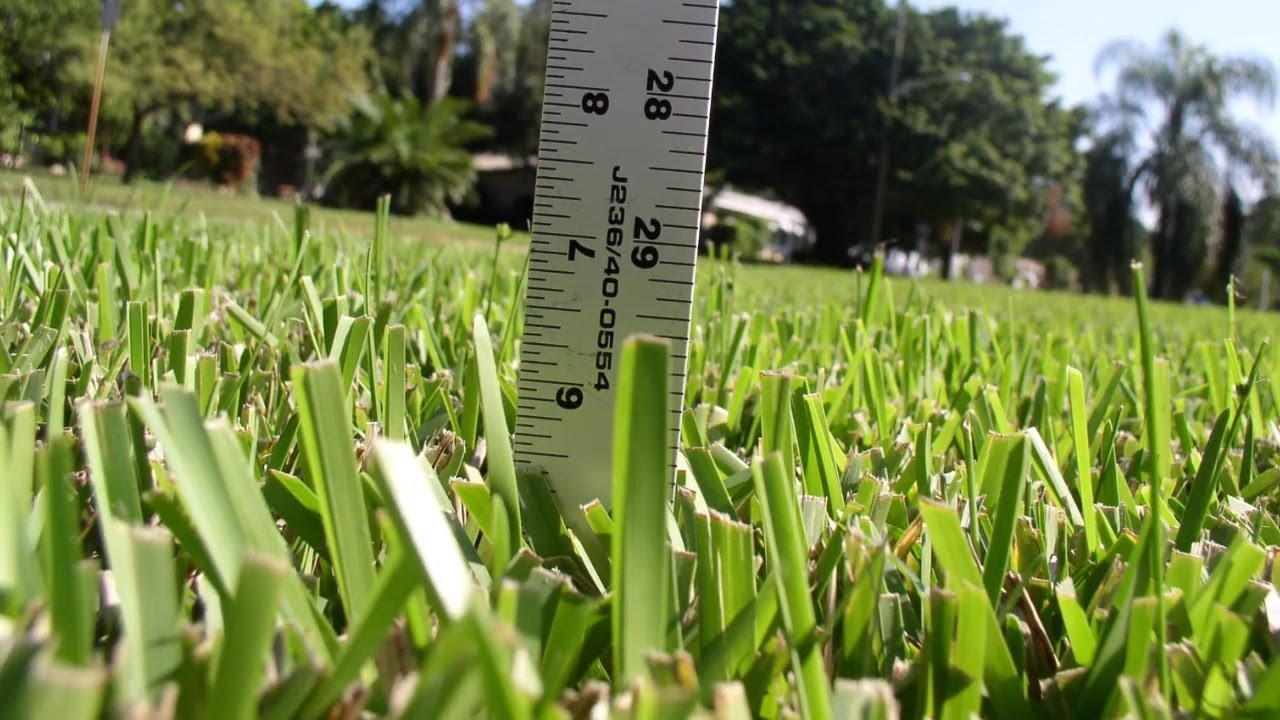
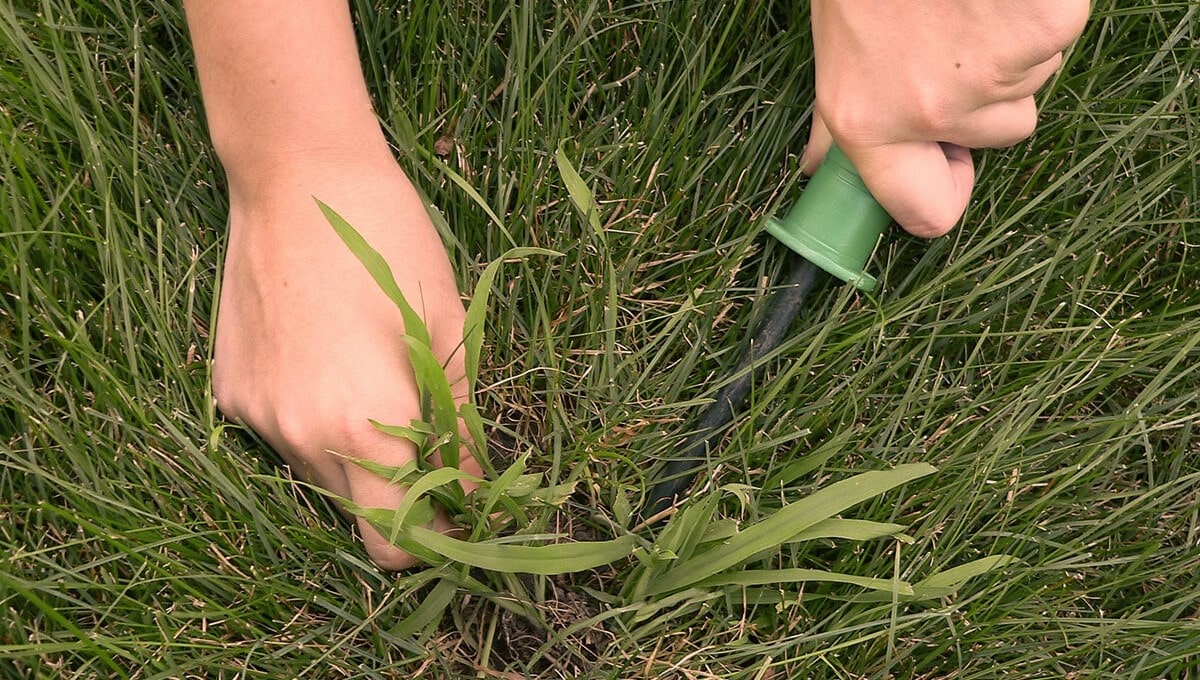
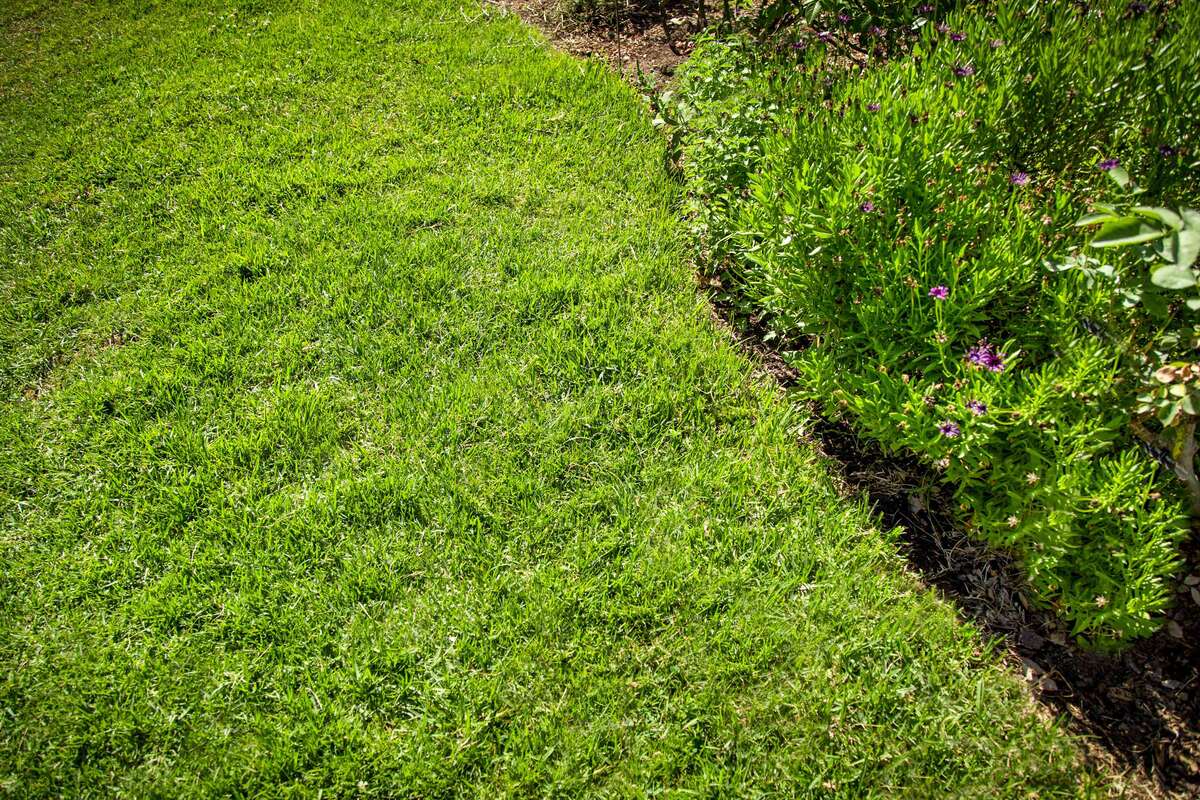
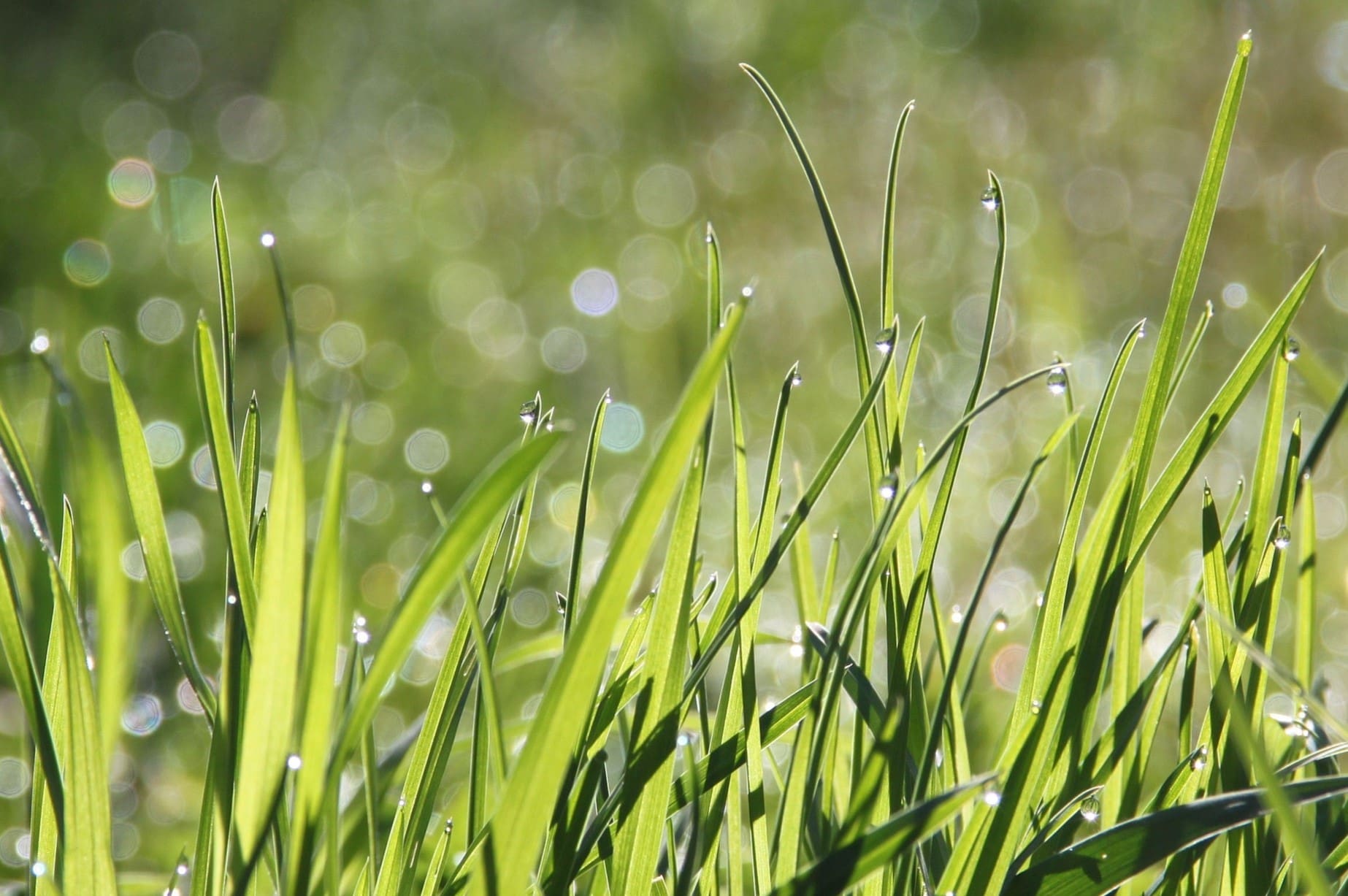
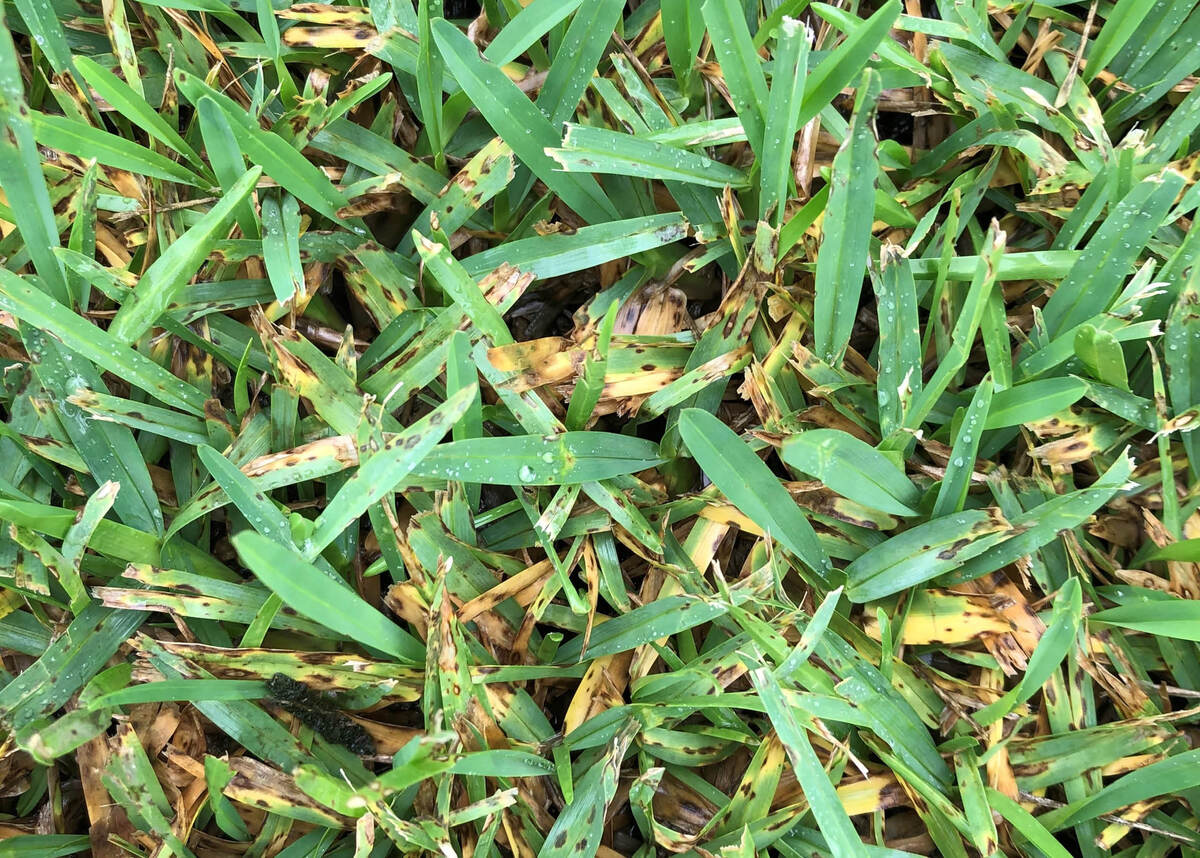
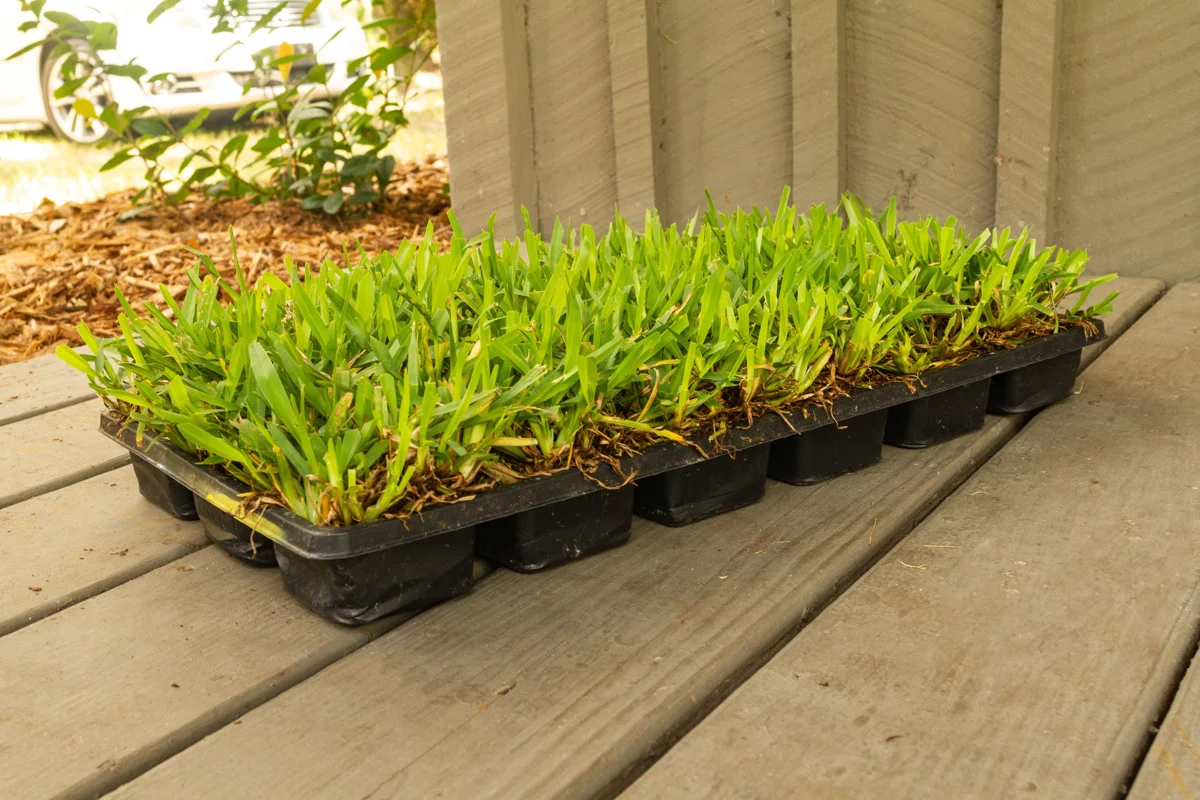

0 thoughts on “How To Fertilize St. Augustine Grass”